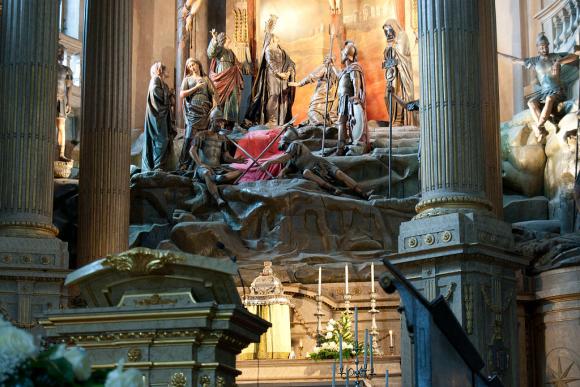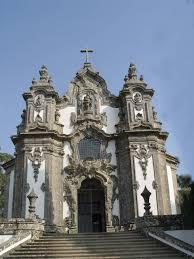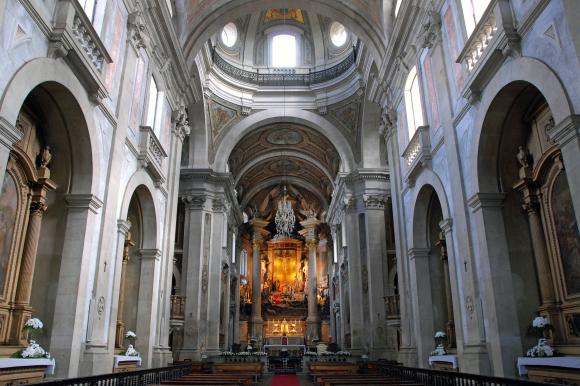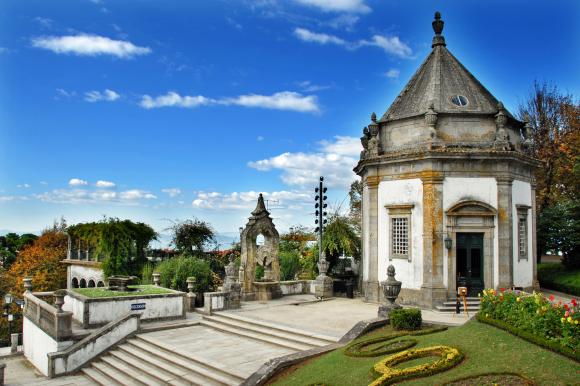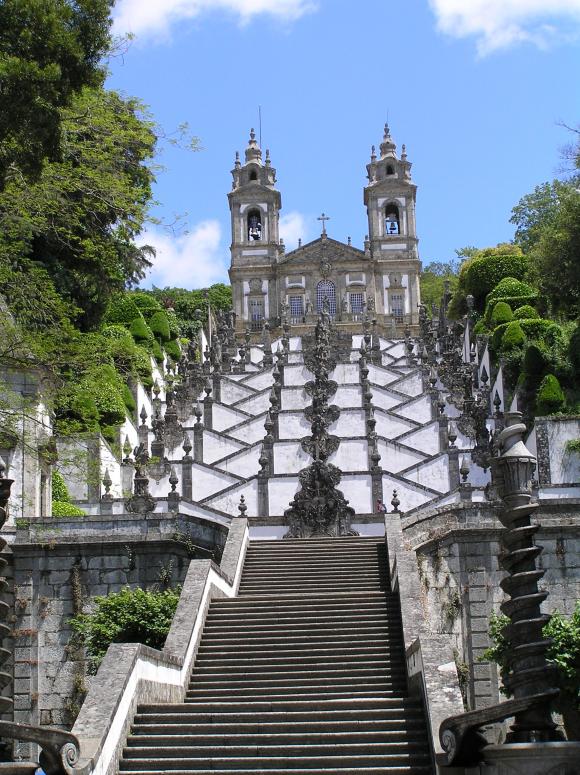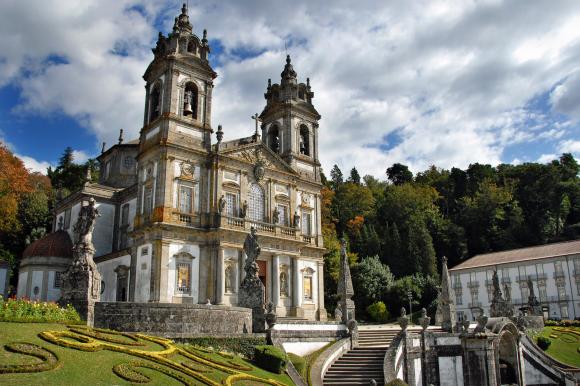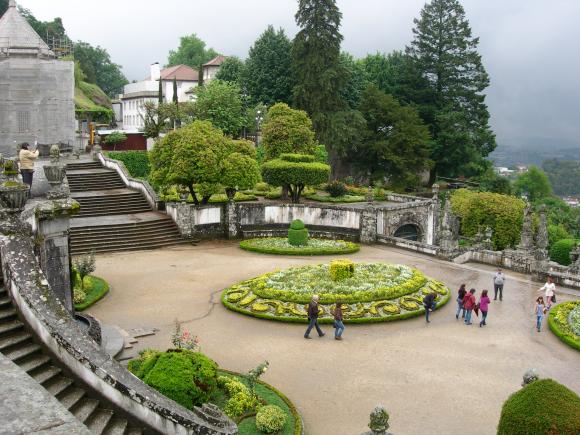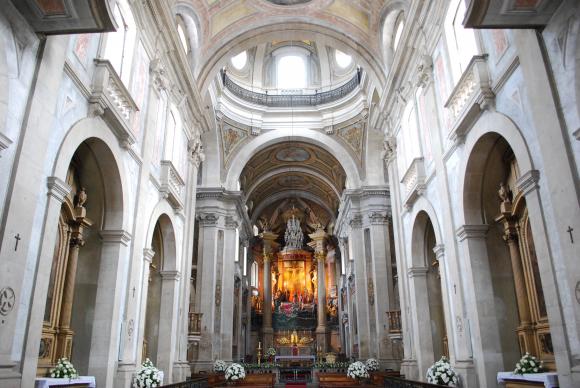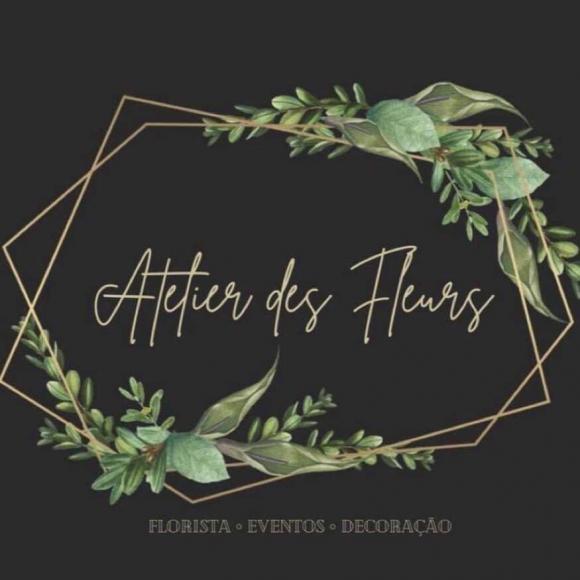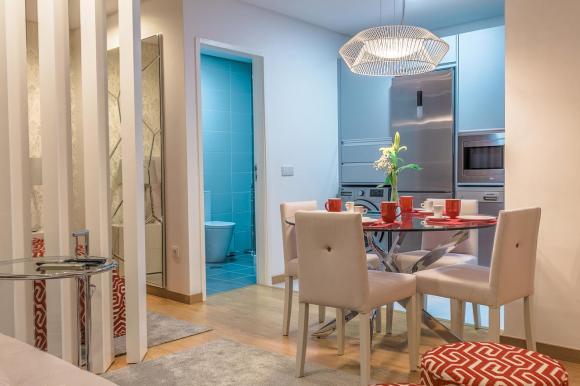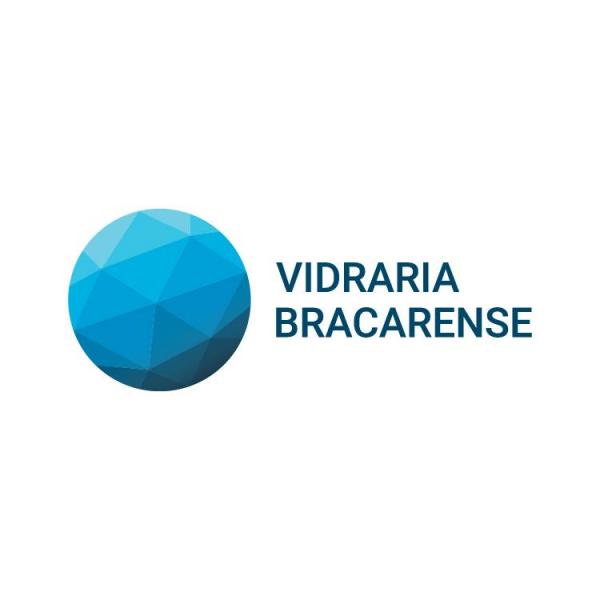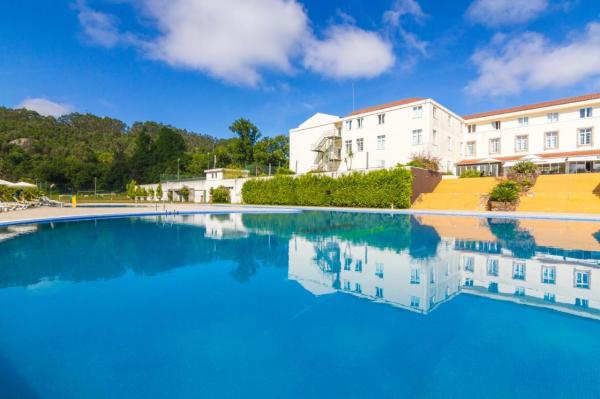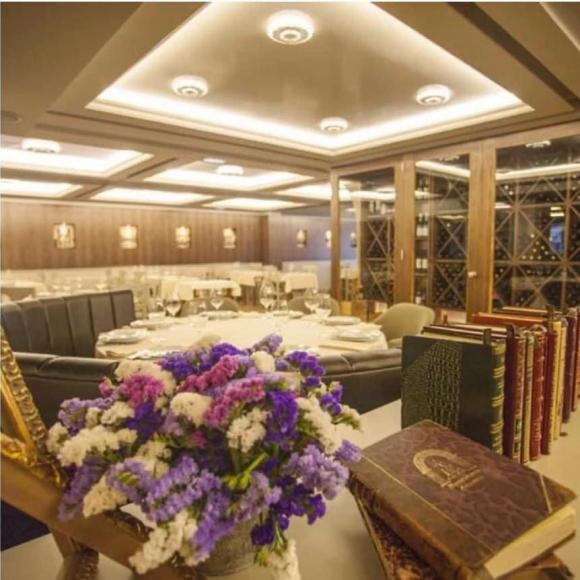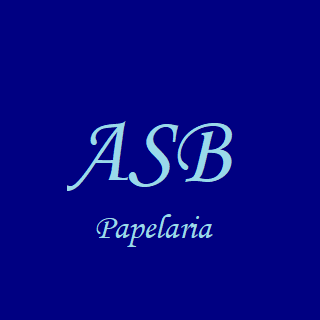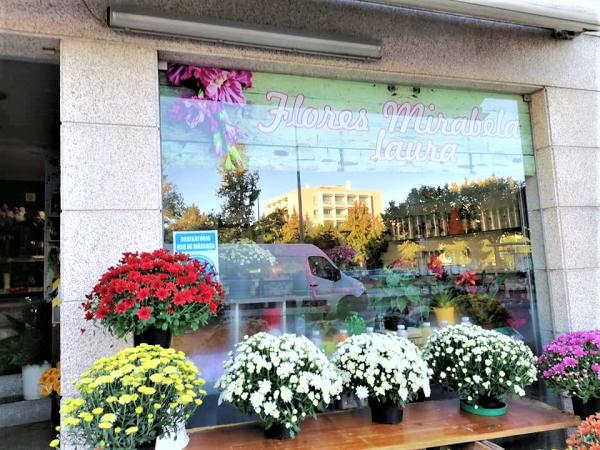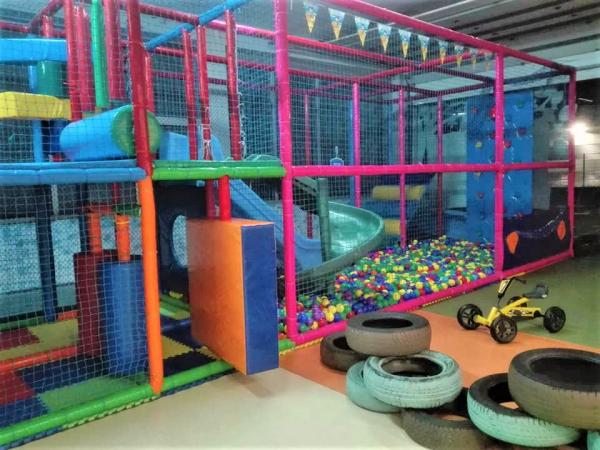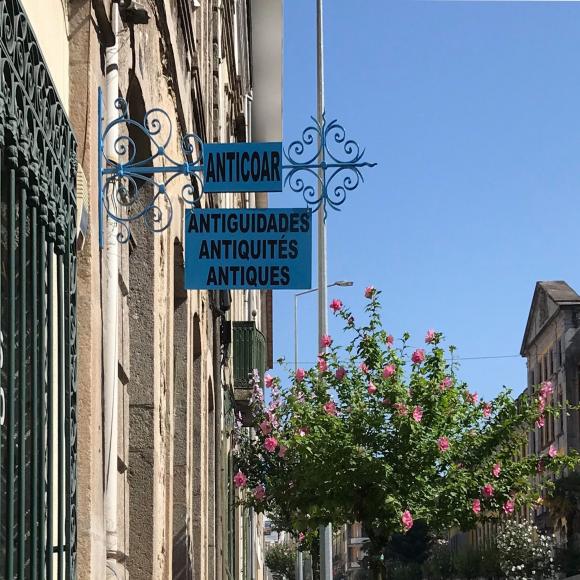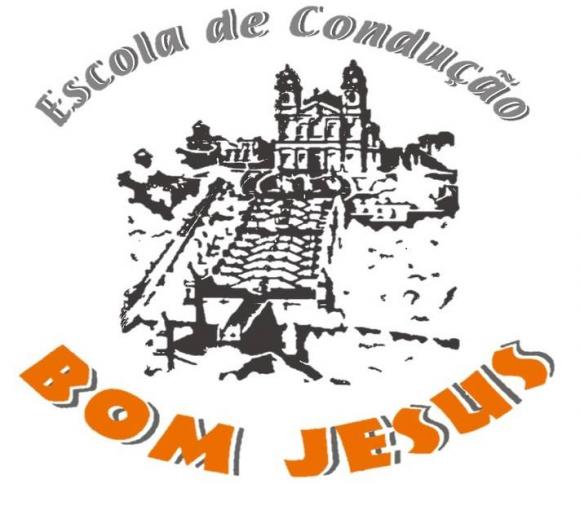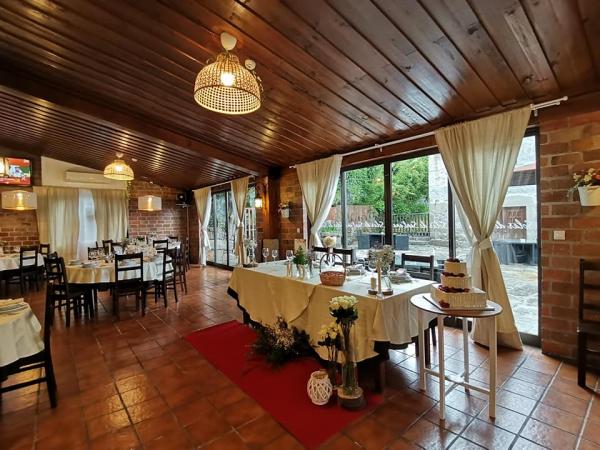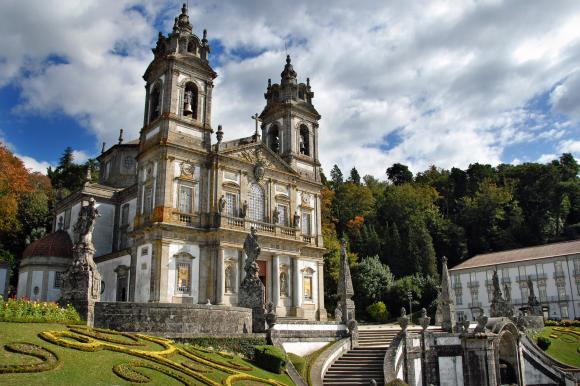
Santuário do Bom Jesus do Monte
The Bom Jesus do Monte Sanctuary, as we know it today, is the result of multiple architectural interventions, combined with a significant effort to update aesthetics and catechetics that, since the end of the 15th century, have reaffirmed the religious vocation of this space. Several artists from Braga worked on its construction, mainly during the Baroque period, since the scenic features of the staircases and the concept of pilgrimage church was essentially accentuated at this time.
Estrada do Bom Jesus, 4715-056 Tenões
Braga
Description
The works of the temple remained, however, until the 19th century, and although the Baroque language predominates throughout the space, there are multiple testimonies of Rococo and Neoclassicism.
The first religious building erected in this place by order of Archbishop D. Jorge da Costa, dates back to 1494. It was reconstructed, successively, in 1522 and 1629, dating from this last campaign the six chapels of the Passion, the houses for the pilgrims and the appointment of a hermit. In other words, if the idea of the Passion of Christ associated with a journey through the mountain (understood as a way of salvation), was present from the beginning, it was after the intervention of 1629 that it became more effective, culminating in the 18th century. , with the project of D. Rodrigo de Moura Teles and D. Gaspar de Bragança.
In Terreiro das Chagas there is a fountain with Emblems of the Passion that has been attributed to André Soares, and with which this first part of the route ends. Next are the Escadório dos Cinco Sentidos, in which each source corresponds to a meaning, easily identifiable, and the Escadório das Virtudes (with representations of Faith, Hope and Charity), the latter attributed to Carlos Amarante, and already executed at the time Archbishop D. Gaspar de Bragança, responsible for the expansion of the sanctuary.
The parallel with the Caminho do Calvário and the catechetical function of Bom Jesus is well expressed throughout the zigzagging trajectory through which one arrives at the church, and where all artistic manifestations converge in the same direction, as José Fernandes Pereira says: " in the Five Senses staircase the message focuses on the illusory and sinful character of sensitive knowledge "(FERNANDES, 1988, p. 27). However, water and sacred images function as possibilities for purification, which culminate in the Escadório das Virtudes, where the pilgrim contacts the theological truths, finding himself then "able to enter the culmination point of the entire journey: the church , the house of God, into which only the pure should enter "(FERNANDES, 1988, p. 27).
Source: https://www.cm-braga.pt/
Comments
There are no comments!
Partners same locality

 EN
EN  PT
PT ES
ES FR
FR